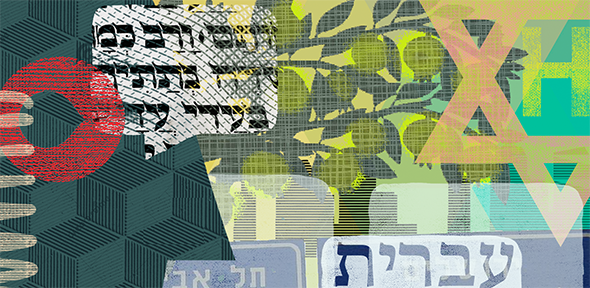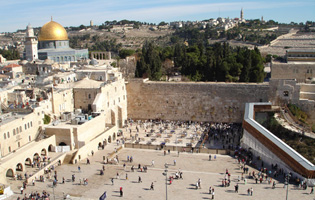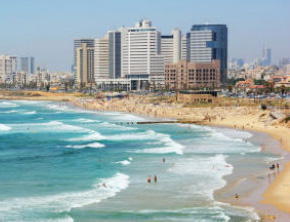
Introduction to Languages and Cultures
The Introduction to Languages and Cultures courses feature some less taught languages and are designed to offer a sneak preview into the world of these important civilisations.
While learning the basics of the language, you will be able to view and appreciate the ancient as well as modern character of the lands and peoples.
These courses will not be formally assessed and students who attend regularly (12/15 sessions) will receive a Certificate of Attendance.

Hebrew has been used continuously for 3,000 years or more. Pre-modern forms of the language were used for much of the Bible and contemporary inscriptional material, the majority of the Dead Sea Scrolls and Rabbinic Literature, as well as for a great many texts written during the Middle Ages and the Enlightenment. During the 3rd century CE/AD, the use of Hebrew as a spoken mother tongue ceased. Even so, the language continued to serve as a vehicle for written communication and literature, in the liturgy, and occasionally even as a lingua franca between Jews who did not share another language. In the 19th century, various Jewish groups in Europe were writing original works in Hebrew or translating well-known foreign works into the language. In constant service, the language never stopped developing.

As Jewish immigration to Ottoman Palestine swelled during the 19th and early 20th centuries, efforts were made to revive Hebrew.The enterprise was so successful that Hebrew was recognized as an official language under the British Mandate. Today Hebrew is the main language of the State of Israel, used in all walks of life, including the governmental, legal, medical, academic, and technical spheres, to name just a few, as well as in literature, the media, and everyday life. Along with traditional sources, Israel enjoys vigorous production of new Hebrew songs, poetry, and literature, as well as cutting-edge research, a great deal of it accessible only in Hebrew.
While Modern Israeli Hebrew differs appreciably from more ancient strata of the language, it also preserves many ancient features, especially in terms of writing system (alphabet), morphology (word formation), and lexicon (vocabulary). Learning Modern Hebrew thus opens up possibilities for communication with people living in a vibrant culture often at the centre of world affairs, for engaging with Israeli scholarship, and even for gaining some access to pre-modern Hebrew sources.

CULP’s new Introduction to Language and Culture Hebrew course, designed for absolute beginners, promises to offer a welcoming and exciting start to your Hebrew studies. Both spoken and written Modern Hebrew will be taught two hours per week during Michaelmas and Lent terms and/or Easter term. You will be given the opportunity to express yourself, read and write in the target language, and develop your ability to understand native speakers. Realistic amounts of homework will be given and students will be encouraged to avail themselves of Hebrew media within the Language Centre.
Syllabus:
Introduction to Hebrew Language and Culture


 The Language Centre
The Language Centre
